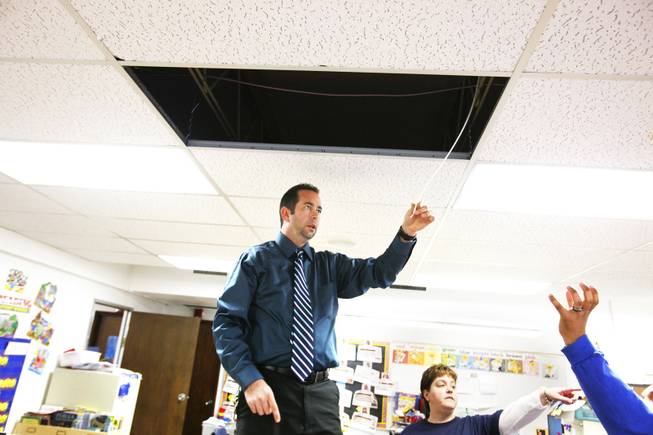
Principal Tim Adams of Rex Bell Elementary School checks out a roof leak on school grounds in Las Vegas Wednesday, Dec. 14, 2011.
Thursday, Nov. 8, 2012 | 2 a.m.
Sun coverage
- School District launches campaign to drum up support for new tax (9-19-2012)
- NPRI sues School District, jeopardizing campus maintenance plan (8-8-2012)
- School Board raises concerns about costly, unchecked change orders on construction, renovations (7-11-2012)
- District weighs property tax hike to repair, modernize schools (2-10-2012)
- More Sun education news
As the shock of the defeat of Question 2 settled in Wednesday morning, the Clark County School District was left wondering: Why, and what now?
Voters overwhelmingly rejected Tuesday the School District's proposal to temporarily increase property taxes to fund high-priority renovations and technology upgrades at 40 aging schools, replace two deteriorating schools and construct two new schools to alleviate overcrowding.
The tax initiative failed with two-thirds of voters saying no to Question 2, which came as a surprise to district leaders. Voters hadn't turned down the district's capital proposals since 1985.
"I was floored," School Board Vice President Deanna Wright said. "I didn't know it would pass, but I thought it would have a little more support."
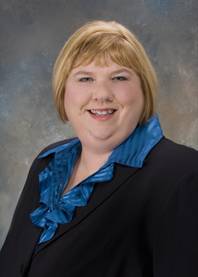
Deanna Wright
Immediately, district officials pointed to the economic downturn as the key factor in the initiative's failure. Across the state, Nevada voters spurned every tax proposal presented to them, including a Henderson Library District initiative that would have raised money to keep two library branches open.
"These economic times are so difficult right now," Joyce Haldeman, the district's associate superintendent of community and government relations, said shortly after the vote was announced Tuesday. "The message we got tonight was, 'Not yet.'"
However, there were other factors that led to Question 2's failure, notably timing. The School District simply ran out of time to make its case to voters, and, partially, the blame falls on the School Board.
Although School Board members heard a presentation about the district's mounting maintenance needs in late December 2011, it didn't make a decision to pursue the capital improvement plan until early June — six months later.
During those six months, the School Board mulled whether voters had an appetite for a tax hike. The board had previously passed over the opportunity to ask voters for more capital money in 2008 and 2010 because of the recession.
This time, the School Board — with the help of a political action committee headed by four former first ladies of Nevada — commissioned a survey of likely voters. The results, which found some support for the tax, were released in late April.
Two months later, the School Board finally pulled the trigger. However, with just five months before Election Day, the district's PAC struggled to raise enough money in time for an effective campaign.
Even while countless other political candidates had their signs up months earlier, the School District's red and white "Vote Yes on Question 2" signs were hardly visible. When the PAC finally raised enough money to have R&R Partners create a TV advertisement, all TV spots were bought out just weeks before the election.
"Certainly, if we started earlier, we might have had more success," Haldeman contended Wednesday morning.
Even though the tax initiative failed, the need to address the maintenance issues at these schools and others across the valley persists, district officials said Wednesday. These schools will continue to face heating, cooling and electrical system failures as well as leaking roofs and overcrowded classrooms.
"Every time there is a system failure in the future, the trustees will have to react to that," Haldeman said. "We're not in a mode where we get to be proactive. We're in the mode now that we do the best we can."
With Tuesday's vote, the district lost the potential to raise up to $720 million in additional tax dollars to fix its high-need schools before it regains its capacity to issue bonds in 2018. This six-year, pay-as-you-go plan would have bridged the district's needs until that time.
Question 2's failure may portend unpopular and drastic decisions in the future, options such as reverting to a year-round school calendar and school closures.
"We take school closures very seriously," said Haldeman, who declined to say how many schools could be in danger of this worst-case scenario. "It will only be done if there are no other options. We will do the best we can to keep these schools open and functioning."
The district uses the Facilities Condition Index to determine its maintenance and renovation needs. The FCI is an industry measure of a building's health that takes into account the cost of repairs and replacement.
Basically, if the cost to repair a school exceeds its replacement cost, it becomes more cost-effective for the district to close, tear down and rebuild a new school.
Currently, a third of the district's 357 schools have an FCI that is high enough that the district must consider moderate or major rehabilitation, said Tim Strucely, the district's director of capital programs. Nine of these schools are in need of replacements soon.
However, as the recession ravaged Las Vegas, the district was forced to whittle its maintenance budget. In a district with 6,000 air conditioning units, there are just six technicians to maintain them, Haldeman said.
Moreover, the district spends less on maintenance per square foot than peer urban districts such as Miami-Dade, Fla. Clark County, with more than 311,000 students, spends less than half the money on maintenance than does the San Jose, Calif., school district serving 32,000 students.
The majority of the district's $262 million maintenance fund goes to salaries and benefits for maintenance staff. Just a little more than a third of this maintenance budget — about $97 million — goes directly to school maintenance, such as parts for repairs.
Ideally, the district should be spending $200 million each year just on facilities to maintain their current FCI levels, Strucely said. The tax initiative would have generated an additional $80 million each year to fund school repairs.
Even with the additional tax dollars, the district would allocate $177 million — still $33 million less than the recommended maintenance spending.
Without the additional tax dollars for capital improvements or additional maintenance funding, more and more schools will fall into disrepair.
"That really puts us in a bind," Strucely said. "If we don't have a program to replace (failing systems), the FCI (of schools) gets worse at an accelerated rate."
Since the majority of maintenance funds comes from the District's $2 billion general fund budget, more money could be diverted from the classroom to fix dilapidated schools in the future. And that could jeopardize the district's efforts to continue boosting graduation rates and student achievement.
"The true pain from this will be placed on staff and students in these schools. That's who's going to suffer," Wright said. "This will be devastating for Clark County, and it will be felt for the next six, eight years."
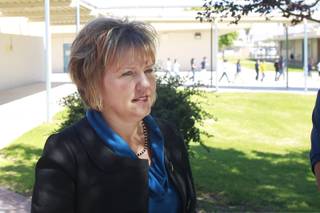
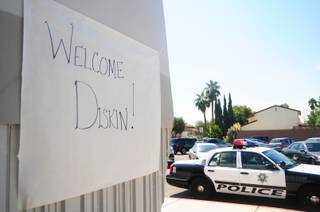
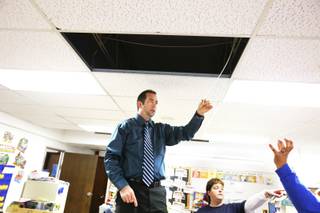

Join the Discussion:
Check this out for a full explanation of our conversion to the LiveFyre commenting system and instructions on how to sign up for an account.
Full comments policy